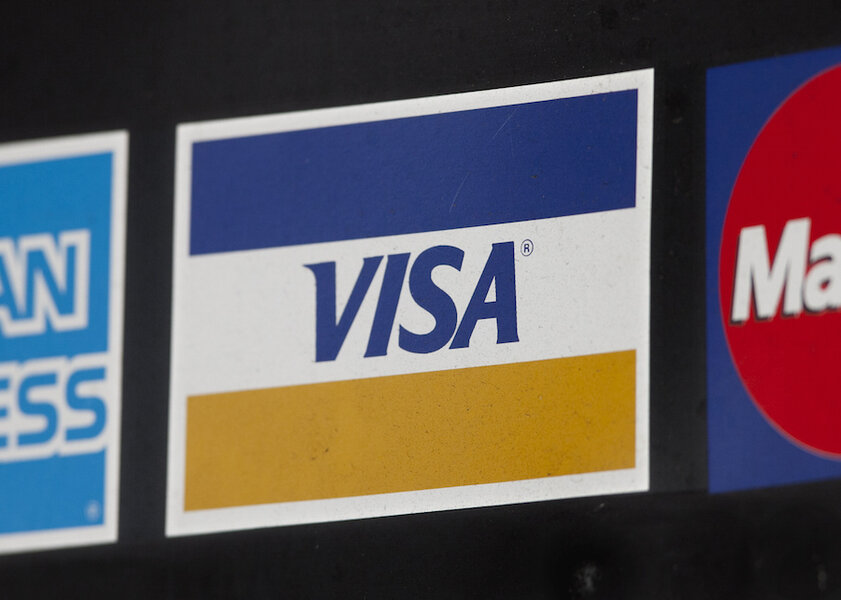What to do if you lose your debit card overseas
Loading...
At home, these situations are inconvenient but easily manageable. When they occur in a foreign country, especially if you don’t speak the language, they can become serious problems.
Knowing in advance what to do and who to call can spare you headaches and save your trip from getting derailed.
Call your bank
If you misplace your debit card or lose it to an ATM or pickpocket, the best thing to do is stay calm and call your bank, says Tami Farrow, senior vice president and head of retail deposit payments at TD Bank, which serves the East Coast.
“Make sure you know how to contact your bank internationally,” Farrow says. “Quite often, your bank’s 800 number won’t work when you’re overseas.”
Although your bank might not be able to retrieve your card from a faulty ATM, it can tell you what to do next and suspend your card if necessary. In some cases, it will even send you a replacement by overnight carrier.
Smaller credit unions and community banks often have just one all-purpose number for customers to report a lost or stolen card, but larger banks usually have a separate number for customers to call when they’re outside the United States:
- Bank of America
- Wells Fargo
- Capital One credit cards, debit cards
- PNC Bank
- U.S. Bank
- Citibank credit cards, debit cards
It’s also a good idea to tell your bank when and where you’ll be traveling before you head overseas. This can be a good opportunity to confirm which number to call if something goes awry.
Jessica Pociask, owner of WANT Expeditions, a wildlife and nature tour company in Traverse City, Michigan, suggests taking photographs of your plastic so you can easily find the account number of a lost or stolen card, as well as the number to reach the card issuer.
“Before every trip, I lay out all of my credit/debit cards, license and passport, take a photo of both the front and back, and email it to myself,” Pociask says. “This has done wonders [for] preventing additional charges that I could possibly be liable for while traveling.”
Best to avoid storing the images on your cellphone, though, as they could wind up in the wrong hands if your phone is lost or stolen.
Have a backup, and use it
If possible, it’s best to avoid relying on one card when traveling abroad. Instead, pack multiple forms of payment — cash, debit and credit cards — so you have options if one goes missing or simply doesn’t work, says TD Bank’s Farrow.
Some merchants in other countries may accept only MasterCard, while others take only Visa, for example. In many countries, you can only use cards with an EMV chip at unattended ticketing kiosks, such as those at train stations and subway terminals.
MORE: NerdWallet’s Picks for Best Travel Credit Cards
And always have backup cash, says Billie Frank, co-founder of concierge and trip-planning company The Santa Fe Traveler.
This is a lesson Frank, an avid traveler, learned the hard way after using all of her cash to buy a pair of shoes from a merchant that didn’t take credit cards.
“I thought, ‘OK, we’ll go to the bank and get money.’ Well, it was a holiday weekend and the bank was cleaned out of money,” she says. “We went to two ATMs at two different banks and they were both cleaned out.”
Use the ATM during business hours
Another international travel tip from Frank: Don’t use an ATM when the bank isn’t open. She says she tried to withdraw about $230 after hours from a Banco Santander ATM in San Miguel de Allende, Mexico. The machine gave Frank her card and a withdrawal receipt, but it kept the cash.
That snafu had a happy ending — eventually.
“About three weeks to the day, the money was returned to our account,” Frank says. “We have a good relationship with our bank. I’m not sure it would have worked out, otherwise.”
This article first appeared at NerdWallet.





